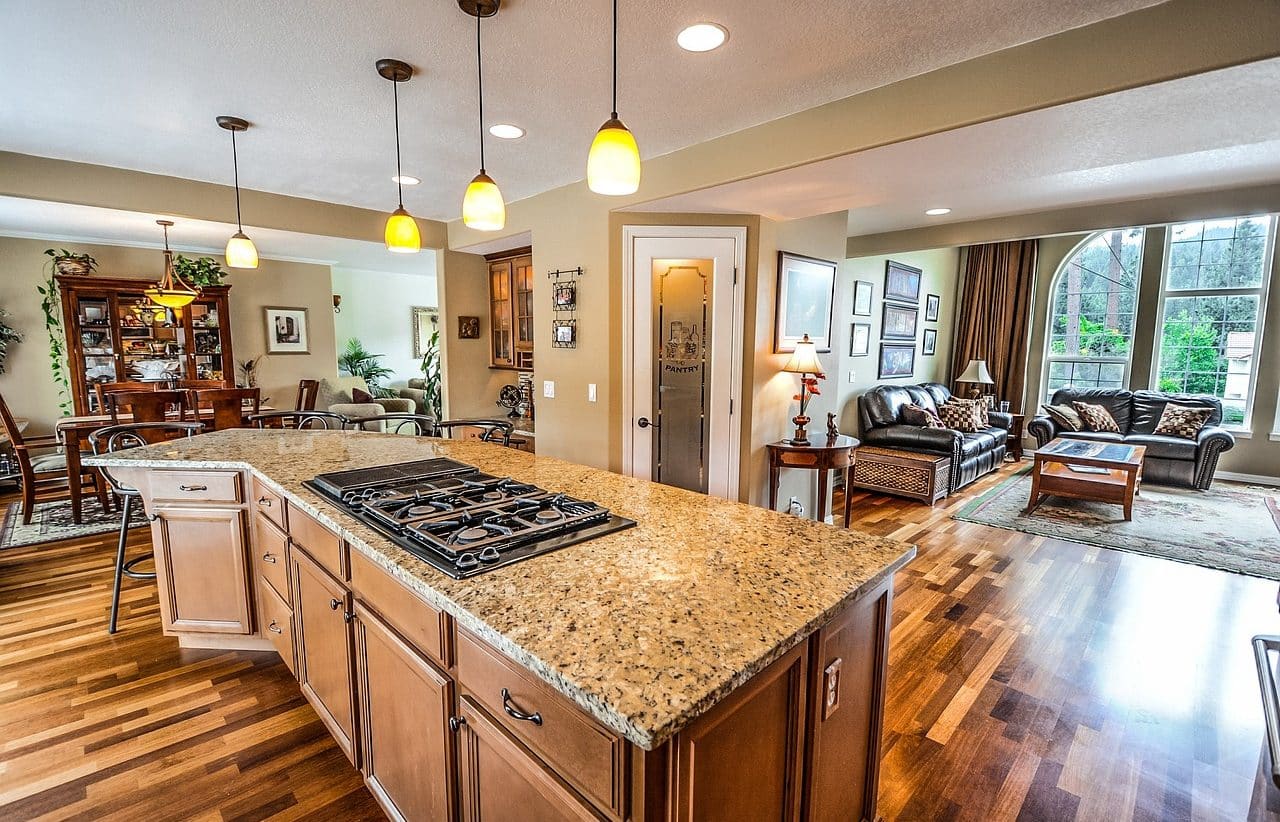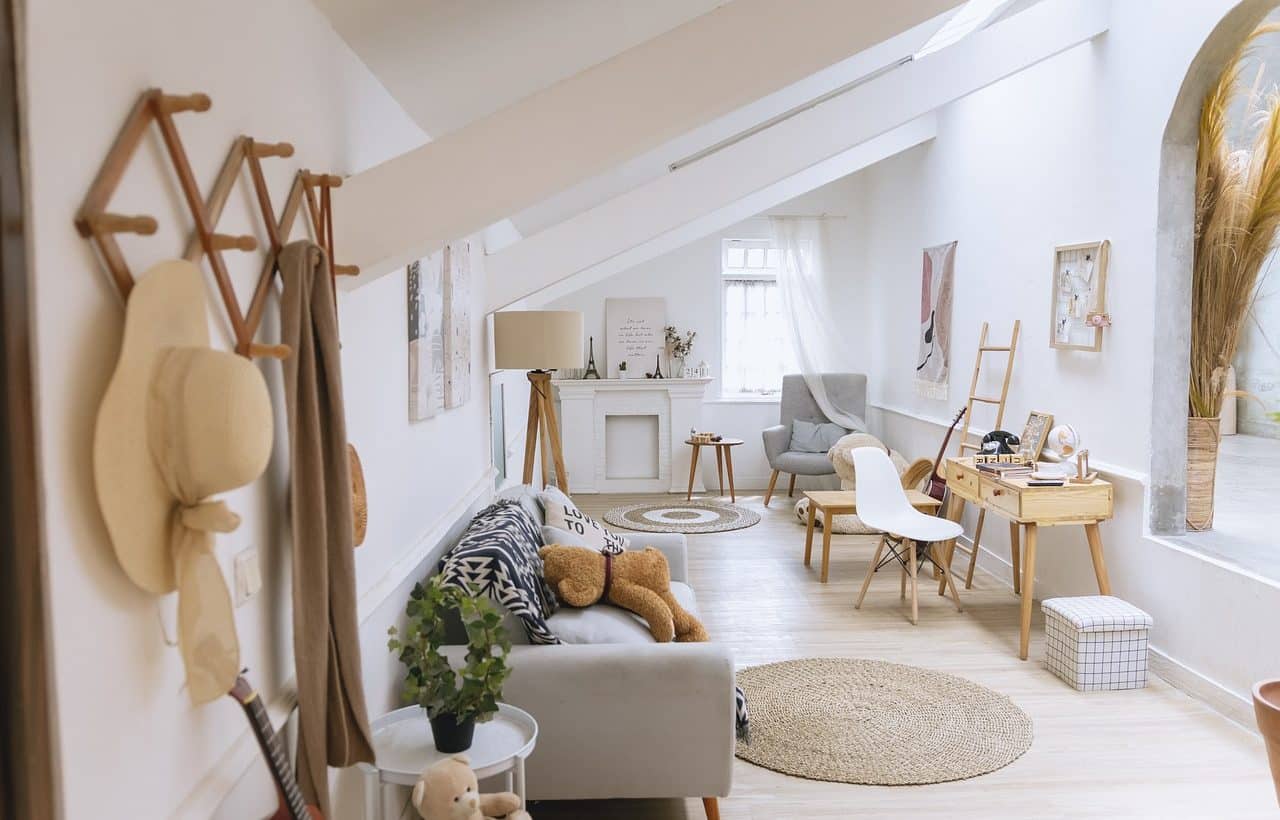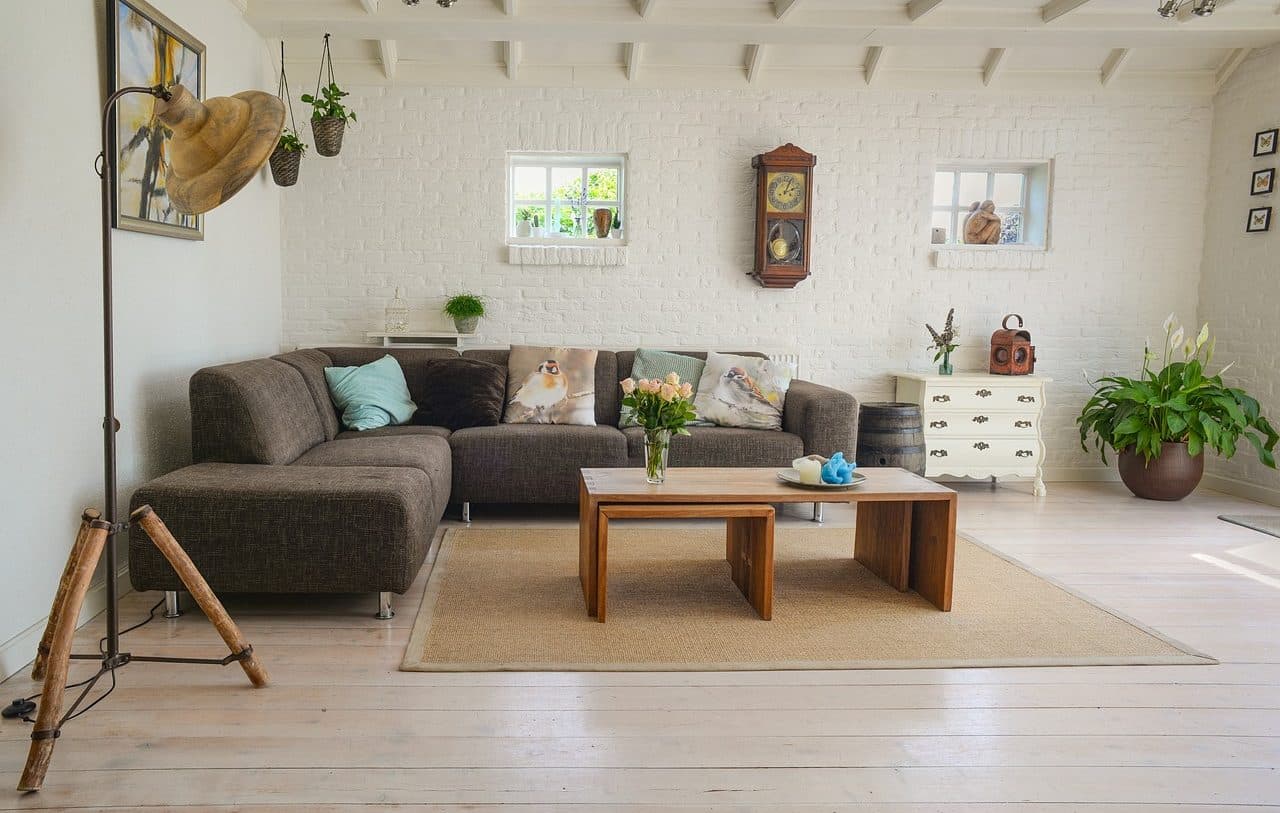
Studying interior design provides tools for planning, developing and decorating spaces that are safe, aesthetic and functional.
Interior design is the name of a discipline that transcends the guidelines, criteria and bases of interior decoration since it prioritizes efficiency , comfort , safety and functionality of environments without neglecting their aesthetics .
Those who choose and complete this degree have a wide and diverse field of work to apply their knowledge. The person trained in interior design has the knowledge and tools to decorate spaces in a personalized way, respecting the style or guidelines requested by the client. It has the capacity to take care of interior design thanks to the production and distribution of furniture and basic decoration accessories .
According to reality, an interior designer can take on the preparation of a stand for exhibitions or a spatial installation that will be displayed in a shopping center, for example. It also carries out tasks aimed at, among other possibilities, the renovation of interiors in residential properties and space planning if it is a design project for offices or commercial establishments.
Key elements of interior design
When engaging in interior design there are a number of key elements and basic principles that must be taken into account.
It is essential to pursue, first of all, harmony and balance . Nor should we detract from the contrast if we are looking for visually attractive results by appealing to well-organized environments that generate the desired impact and are conceived as a unit.
It is also essential to be aware of design trends and master color theory and psychology . Colorimetry is decisive for the sensation that is intended to be formed from a certain place. Textures , construction materials , lighting , interior acoustics , proper integration of technologies and ergonomics are other factors that make the difference between an excellent interior design plan and lackluster or unprofessional projects .

Interior decoration complements interior design through the aesthetics and ornamentation of spaces that are transformed thanks to the work of designers.
Stages
Interior design goes through multiple stages, which we will refer to in the following paragraphs.
The project begins with a planning phase and conceptual design work. In these instances, the needs and aspirations of each client are evaluated, the objectives are shaped and budget projections are drawn up.
Then comes the time for schematic design , a framework in which the primitive spatial planning is expressed in a diagram. In this phase, specifications that influence the budget are considered (if you want wooden or ceramic floors , LED lighting or hanging lamps , decorative ceilings , modern kitchens , etc.) and, after adjusting parameters and making approximations or revisions, the project before the client so that he approves the idea and signs, therefore, a unique concept that enables the scheme to be developed in depth.
Next, an extra elaboration of the floor plan is carried out and designs and elements/artifacts are selected for each planned environment . There is still time in this period to request modifications.
The documentation and signing of the contract occurs after a detailed study of the plans and descriptions regarding plumbing , electrical system and mechanical details . When everything is accepted and under control, work begins to capture the interior design project.

Indoor plants, mirrors, paintings and works of art are some of the products that enhance the beauty of an environment.
Interior design styles
Many styles linked to interior design are recognized. Each of them has distinctive features, so it is interesting to know them and learn to differentiate them in order to select the one that best suits individual preferences and possibilities.
Those who have a life philosophy connected to respect for the environment, for example, prioritize decoration and remodeling schemes focused on sustainable design . In this context, the focus is on the environmental impact caused and energy efficiency , in addition to prioritizing the use of ecological materials .
In recent times, to add another reference, inclusive design and works aimed at guaranteeing universal accessibility have grown significantly.
It is enriching to note that classic interior design never goes out of style. It is the preferred style of the most conservative people. It is characterized by the search for elegance through antique furniture and chromatic tones in the range of white, allowing contrast with touches of yellow, green or bluish gray.
The hallmark of the baroque style , on the other hand, is excess decoration, prioritizing settings overloaded with beautiful and luxurious products regardless of whether they are practical or not.
The list of alternatives also extends with proposals for Victorian-style interior design , vintage design , industrial design projects and for an Art Deco style interior design plan, to share more details.
